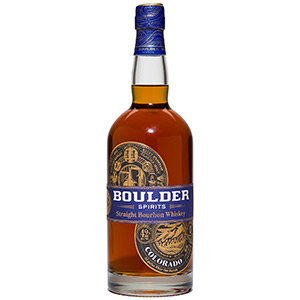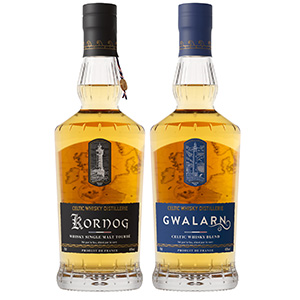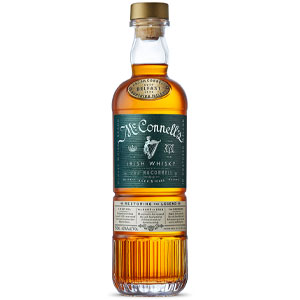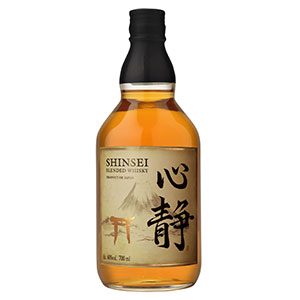Whisky
Spirits expert BEHN proudly presents world famous whisk(e)ys – each with its own identity, strong personality and sophisticated complexity.
Choose from pure Single Malt, aromatic Bourbon or refined Premium Blend.
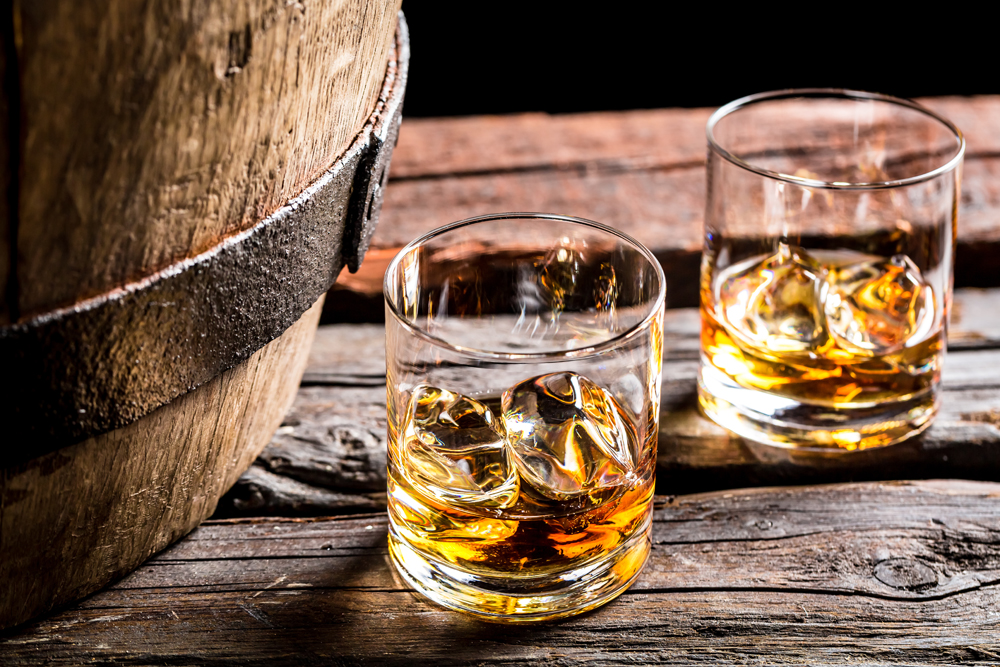
The royal spirit whisky: distilled beer matured in oak barrels is taking over the world from Scotland and Ireland
The origins of whisky (usually called whiskey by the Irish and Americans) go far back into Irish and Scottish history. According to a legend, it was the missionary and patron Saint Patrick himself who brought the knowledge of distillation with him from France. The aquavit-like “aqua vitae” thus reached Ireland from the monasteries in southern France. There, in 1276, it was documented that Robert Savage of Bushmills have given his fighters “uisce beatha”, translated from Gaelic as “water of life”, to strengthen their fighting morale. Whether it was really whiskey, however, is not certain. It was not until 1494, around 200 years later, that this liquid gold was documented for the first time in Scotland. Since then, the Scots and the Irish alike have considered themselves the inventors of whiskey, and the high-proof drink has been an integral part of their everyday life, then as now.
Whisky is made from grain and blended by mixing different types of grain
The grain (always barley, also wheat, corn, rye or oats) is fermented with water and yeast, similar to beer, and then distilled into a spirit, which is then stored in wooden barrels (usually oak) for at least three years. Until the middle of the 19th century, whisky was primarily intended to make people drunk, with enjoyment taking a back seat. The spirit was usually sold fresh, without being allowed to mature beforehand. In 1853, Andrew Usher, a whisky merchant from Edinburgh, came up with the groundbreaking idea of blending a smoky, intense malt from the Highlands with a more neutral, softer whisky from the Lowlands: the concept of blended whisky was born and was to dominate pure, unblended malt whisky from then on.
Ironically, an Irish invention was also crucial to the success of blended Scotch whisky. In 1823, Aeneas Coffey patented his “Coffey Still”, a distilling apparatus that allowed continuous and thus cost-effective distillation. The distillation process now no longer had to be interrupted after a distillation to clean the single boiler, as was the case with the pot still process. The whiskies produced by this innovative column distillation process, also called column still, could not only be produced more efficiently in bulk, they also met the taste of the masses. The Irish master distillers, on the other hand, stuck to their traditional production methods and failed to adapt to customer demand, and their market share shrank. A trade embargo and the two world wars accelerated the decline and so at the turn of the millennium there were only 3 Irish distilleries left. Today the number is rising again. Among today’s two dozen companies is the producer of the legendary McConnell’s Irish Whisky from Belfast in Northern Ireland. First distilled in 1776 and temporarily disappeared from the market for 90 years, the 5-year-old blend is now celebrating its comeback. Waldemar Behn has taken over distribution for Germany in 2022.
Today excellent whisky comes from all over the world
Thanks to British immigrants, the USA today has a thriving distillery scene, from the centres in Kentucky and Tennessee to small craft distilleries like that of Boulder Spirits, another Waldemar Behn GmbH distribution partner. In addition to American single malt whiskey, the small family business based in Boulder (Colorado) also offers a classic straight bourbon whiskey, probably the best-known type of American whiskey, which is characterised, among other things, by being made from at least 51% corn and stored in charred white oak barrels. Bourbon barrels from America that have already been used are often used for storage in Scotland.
Japan also has a flourishing whisky industry today. The compatriot Masataka Taketsuru, son of a sake brewer, moved to Scotland in 1918 to get to know and love the world of whisky. Since then, Japanese whisky brands have enjoyed increasing international importance and popularity, including the literally translated divine Shinsei Whisky from the foot of Mount Fuji, which Waldemar Behn has also in its sales portfolio since 2022.
In addition, there are numerous brands with rather unusual regional origins for whisky, but which give the spirits special notes for that very reason. For example, the Celtic Whisky Distillery, located directly on the rough Atlantic Ocean in the north of French Brittany, produces distinctive whiskies with salty and peaty aromas typical of the proximity to the coast. The Kornog and Gwalarn brands distilled there round off Waldemar Behn’s whisky portfolio with their uniqueness. Most of the German whisky distilleries are located in Bavaria and Baden-Württemberg.
Geographical origin, type of grain, quality characteristics and flavour
On the one hand, whisky varieties can be distinguished according to their geographical origin, such as Scotch, Irish or American whisky. On the other hand, whiskies are named after the type of grain from which they are made of, such as grain (wheat, barley, oats or rye), bourbon (at least 51% corn), corn (at least 80% corn) and malt (exclusively malted barley). A single malt is thus a pure barley whisky, a blend is a mixture of different whiskies and types of grain. Other decisive factors for the quality are the type and length of maturation (type of wood in the cask, cask/barrel size), the exclusivity of a single cask filling, the addition of E150 sugar couleur for a more intensive colouring, a special cold filtration and the quality of the water used. At the latest during bottling, the whisky is diluted to a drinking strength of mostly 40 to 46 percent by volume. When tasting, however, everyone makes their own individual judgement about the taste picture based on the first nose, the taste, the aftertaste and the second nose. Common aromas are, for example, those of spicy oak, vanilla, nougat, maple syrup, fresh apple, orange, hot black pepper or the floral notes of a whole bunch of flowers. The composition of a good whisky is like a subtle work of art.
Connoisseurs drink whisky neat or with a trace of water
And yet every whisky has its own signature drink, its own cocktail. In the case of Scotch, it’s the Rusty Nails, the Irish love their Irish Coffee and the Americans, with their upscale bar and cocktail culture in the golden age of the early 20th century, have produced a whole series of grandiose classic cocktails such as the Old Fashioned, Manhattan or Whisky Sour. Whether in a rustic Irish pub, at the bar in an upscale ambience or comfortably at home, whether in a large group or alone, a whisky is always a treat for the senses.

